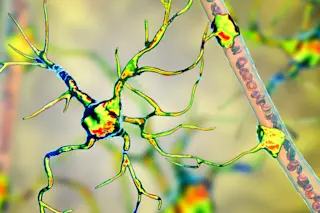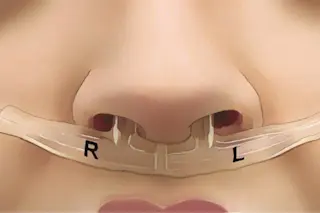Emily Willingham (Twitter, Google+, blog) is a science writer and compulsive biologist whose work has appeared at Slate, Grist, Scientific American Guest Blog, and Double X Science, among others. She is science editor at the Thinking Person’s Guide to Autism and author of The Complete Idiot’s Guide to College Biology.
autism1
In March the US Centers for Disease Control and Prevention (CDC) the newly measured autism prevalences for 8-year-olds in the United States, and headlines roared about a “1 in 88 autism epidemic.” The fear-mongering has led some enterprising folk to latch onto our nation’s growing chemophobia and link the rise in autism to “toxins” or other alleged insults, and some to sell their research, books, and “cures.” On the other hand, some researchers say that what we’re really seeing is likely the upshot of more awareness about autism and ever-shifting diagnostic categories and criteria.
Even though autism is ...













